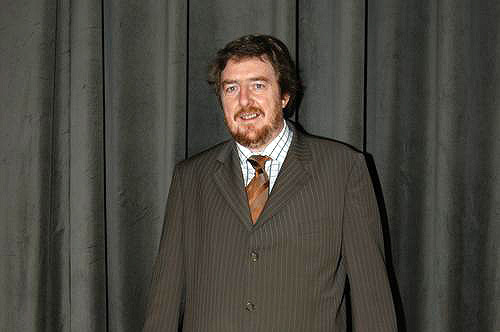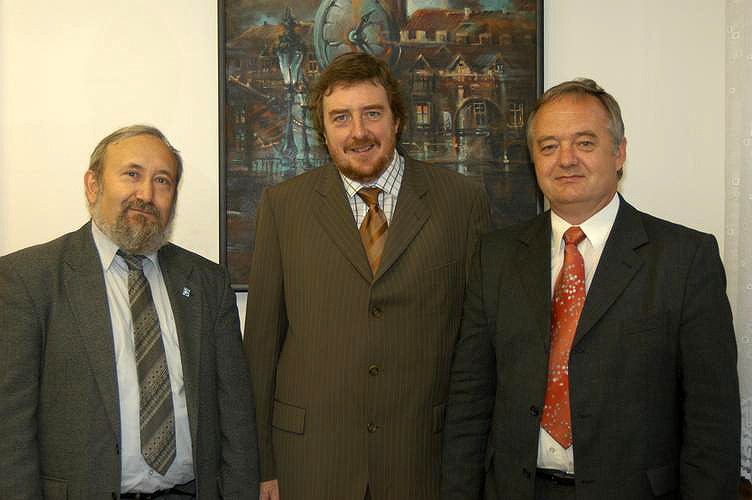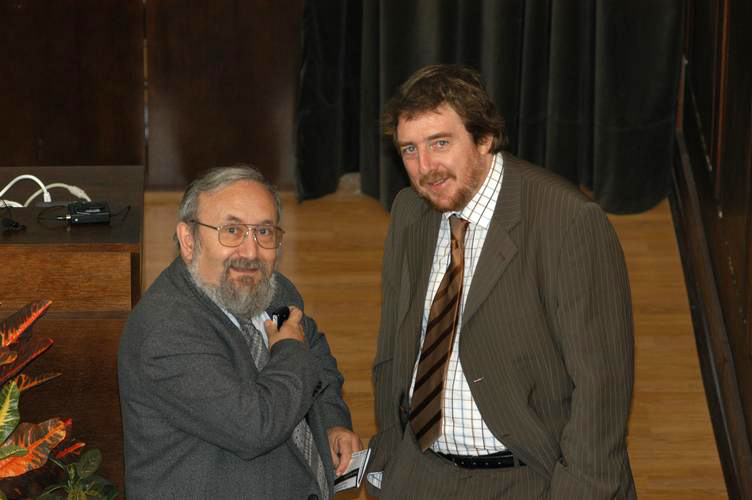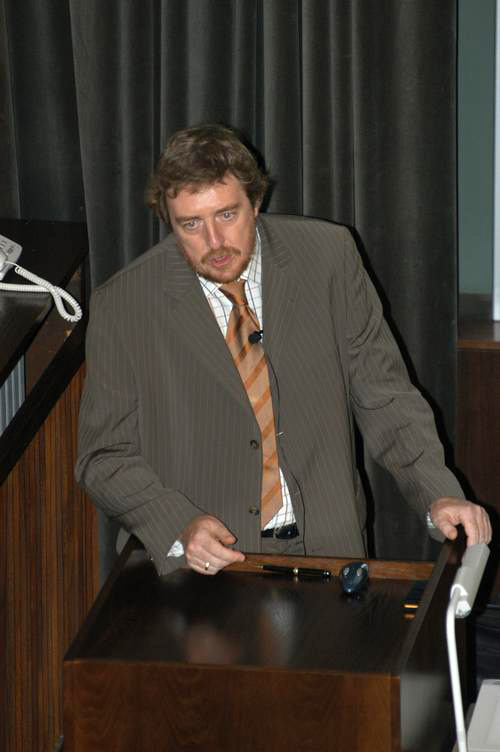
Prof. Dirk Inzé (Gent University, Belgium)
Systems Biology of the Plant Cell Cycle
Abstract
The cell cycle is one of the best studied biological processes, not at least given its importance for growth and development and for its malfunctioning in many human disorders. The ultimate goal of much of the cell cycle research is to obtain a holistic understanding of how cells progress through the cell cycle and how this fundamental process communicates with intrinsic developmental programs and environmental cues. However, the complexity of the cell cycle machinery requires a novel, more system oriented, approach to grasp such holistic picture. The strategy we have been using to understand the plant cell cycle machinery is based on the integration of reductionistic research (detailed work on a few genes) with functional genomics approaches that allow the simultaneous analysis, albeit in less detail, of numerous genes. Both cDNA-AFLP transcript profiling on synchronized tobacco BY-2 cells and micro-arrays on synchronized Arabidopsis cells were used to identify cell cycle regulated genes and target genes of transcription factors involved in the cell cycle. Furthermore, a matrix two-hybrid analysis of more than 100 cell cycle proteins allowed the construction of protein-protein interaction maps. In addition, high throughput analysis of protein-GFP fusions in transgenic BY-2 cells provided further insights into the cellular processes involved in mitosis. More recently, we analyzed the expression of many cell cycle genes in Arabidopsis by in situ-hybridization and promoter-GUS/GFP fusions. Last but not least large scale RNAi and overexpression studies are being completed to obtain further functional data. All these data need to be integrated, a process that requires the input of bioinformatics and computational biologists. Ultimately, we would like to simulate the plant cell cycle and to use such simulations as hypothesis generators for future experiments.






